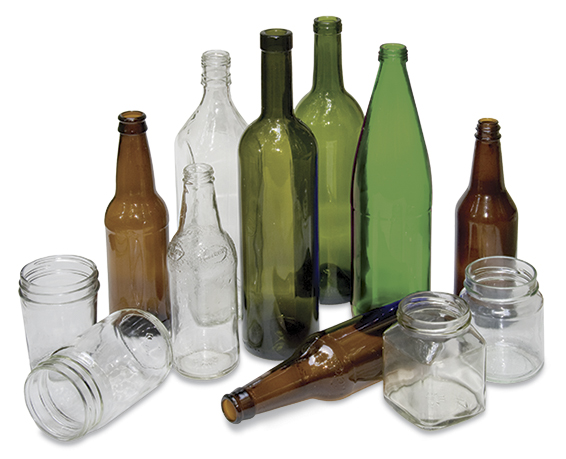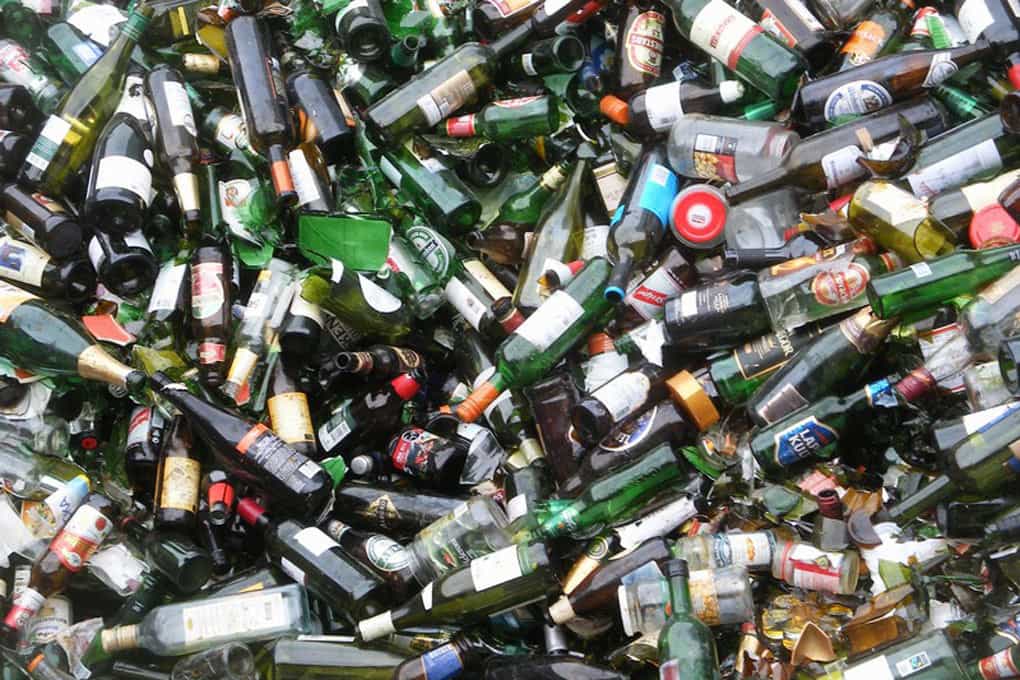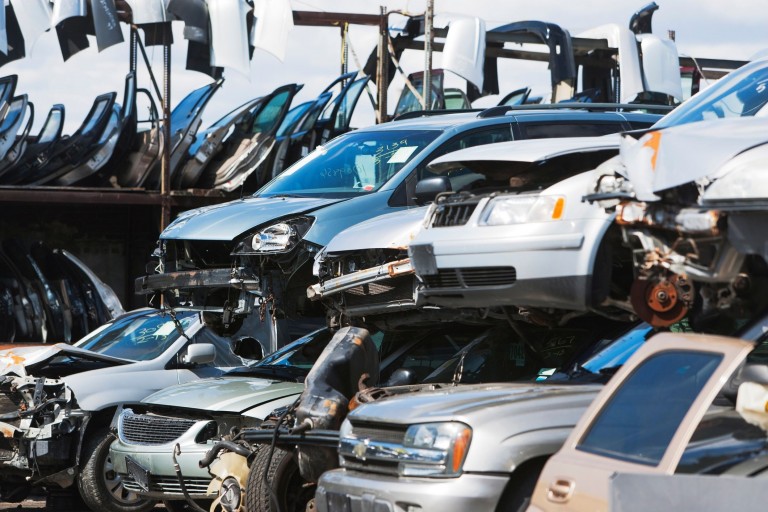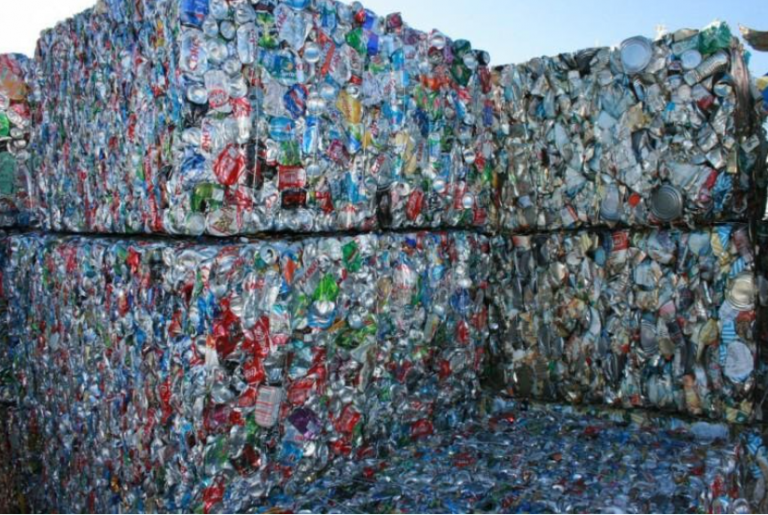Recycling of glass
The use of glass in the household
The glass is widely used in everyday life of people: cups, glasses, mirrors, light bulbs and many others. It has entered so much in our everyday life that we just can’t imagine the world without glass.

Glass is an interesting and unique material that can be reused for the production of new glassware without deteriorating their quality. The properties of the resulting material are similar to those of the glass obtained from the primary melting of natural raw materials. The glasses can be elastic or flexible and at the same time very fragile. The glass comes from grain sands so it can be recycled countless times. In this way, the glass has a very long life cycle.
Glass production requires a large amount of natural raw materials, such as sand, limestone and sodium carbonate, whose natural reserves are not unlimited. On the other hand, a ton of glass waste is equivalent to a ton of glass made from natural raw materials!
It is well known that in Europe more than 80% of the waste glass is recycled. Moreover, the glass is required to be recycled because it isn’t degraded under normal use.
The glass is a major component of the household and industrial waste because of its weight and density. The glass component in the household waste usually consists of bottles, broken glassware, bulbs and others. If we exclude these components before they reach the landfill, this saves a lot of money.
The systems for separate collection of the packaging waste are very helpful here. By throwing the waste into the color containers, your glass waste don’t reach the landfills but it is passed directly to the recycling enterprises.
What is the glass recycling?
The recycling of glass itself is the processing of the collected waste glass into a new glass product. For this purpose, glass waste must be separated by chemical composition and then, depending on the end use, separated by color.
The degree of recycling of glass may vary depending on the requirements for the final product. But the main stages of the technology remain unchanged, and they are:
- collection,
- delivery (transport),
- pre-treatment (sorting, separation, washing, cleaning, drying),
- crushing,
- adding additivies (if required);
- production of finished products.
In the process of glass recycling, one of the most important steps is he pre-treatment. In order to obtain a quality finished product, the glass should be sorted correctly according to its subsequent intended purpose, but first it must be separated by colors. Then all impurities have to be removed and the glass should be washed.
Glass recycling uses less energy compared to its production of natural raw materials, and it has the following advantages:
- reducing the greenhouse gas emissions, i.e. CO2. For example, in the process of production of glassware the amount of greenhouse gases in the atmosphere is reduced to 5%, when it is used as a raw material of 10% glass crumbs.
- Reducing energy consumption. The production of 1 ton of glass of sand, soda and other material requires 3 times more energy compared to the used glass.
- The glass is 100% recyclable, and in the recycling process its quality is not getting worse.
Something very important has to be mentioned. The glass is absolutely recycled and its production doesn’t damage the environment.
A good practice used by the manufacturers of glass packages which gets more popular, is the placing of prints directly on the packaging, so additional label is not required. Therefore, the subsequent recycling is facilitated, also this saves extra energy which would be required for the pre-treatment of the collected glass waste.
The modern recycling enterprises use automated lines where the incoming waste glass is sorted by color, and the impurities are removed. Then the glass is washed and dried. Sorted and washed that way, the glass is ready to be used in the production of new products.
Many recycling enterprises produce separate colors of the glass because the glass keeps its color after recycling. The most common types used for consumer needs are the colorless glass, green glass and brown or amber glass.
In the waste glass recycling process, different products can be produced
- New packaging;
- bricks;
- wide range of abrasive materials;
- as a basis of the upper layer of the coverage of objects in sports facilities;
- insulating materials and many others.
Recycling of glass is a great opportunity for you to take some money, for example from the old and useless glass packaging that you have. In addition, if we put aside the economic stimulus, when you return the glass packaging to a specialized center, you contribute to reducing the amount of the used natural raw materials, which in turn has a positive impact on the quality of the environment.
You can always give your useless glass packaging to one of the centers of Nord Holding in the country. In this way you will receive money for your glass packaging and you can be sure that it will be treated in accordance with all ecological requirements and most importantly, it will be used for the production of new products.






